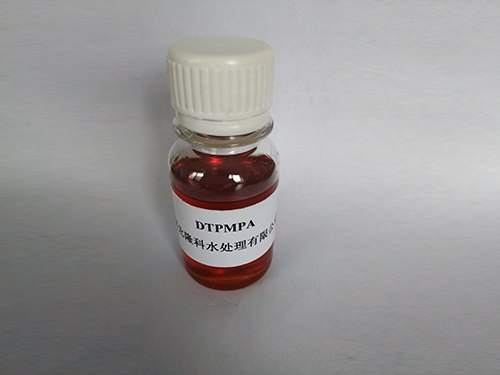octyl isothiazolinone
Understanding Octyl Isothiazolinone Uses and Safety Considerations
Octyl isothiazolinone (OIT) is a synthetic biocide predominantly used as a preservative in various industrial and consumer products. It belongs to the isothiazolinone family, which includes other well-known preservatives such as methylisothiazolinone (MIT) and benzisothiazolinone. OIT is primarily utilized in water-based formulations, including paints, coatings, adhesives, and personal care products, due to its effective antimicrobial properties.
OIT works by disrupting the cellular processes of bacteria, molds, and yeasts, thereby preventing microbial growth and extending the shelf life of products. This makes it a crucial component in industries where product integrity is paramount. For instance, in paints and coatings, OIT helps to prevent spoilage, ensuring that the product remains effective and safe for use over time.
While OIT is effective at inhibiting microbial growth, it has come under scrutiny regarding its safety, particularly concerning skin sensitization. Studies have shown that some individuals may develop allergic reactions to OIT, leading to symptoms such as rashes or dermatitis. As a result, regulatory agencies in some regions have implemented guidelines to limit its concentration in consumer products.
octyl isothiazolinone

In the European Union, for instance, the use of octyl isothiazolinone is regulated under the Biocidal Products Regulation (BPR). Manufacturers must ensure that OIT concentrations remain below certain thresholds to mitigate potential health risks. Similarly, the Cosmetic Regulation (EC) No. 1223/2009 also restricts the use of OIT in cosmetics due to its sensitizing potential.
For consumers using products containing OIT, it is advisable to check labels, especially for those with sensitive skin or a history of allergic reactions. Alternatives to OIT, such as natural preservatives or other synthetic biocides with lower sensitization potential, are increasingly being explored by manufacturers seeking to improve the safety profile of their products.
In conclusion, octyl isothiazolinone serves as a vital preservative in various industries, providing effective protection against microbial contamination. However, the potential for sensitization highlights the need for caution in its usage, particularly in consumer-facing products. As the understanding of OIT and its effects evolves, consumers and manufacturers alike must stay informed to balance efficacy with safety in product formulation. By monitoring regulations and adapting to emerging research, we can ensure that such preservatives are used responsibly and with consideration for human health.
-
Pbtc Scale InhibitorPBTC: A Scale Protector for Industrial Water TreatmentNewsAug.05,2025
-
Organic Phosphonate: An Efficient Defender in the Field of Scale InhibitionNewsAug.05,2025
-
Hydrolyzed Polymaleic Anhydride: Green Pioneer in Scale Inhibition FieldNewsAug.05,2025
-
PAPEMP Polyamino Polyether Methylene Phosphonic Acid For SaleNewsAug.05,2025
-
Flocculant Water Treatment: A Pioneer in Purification in the Field of Water TreatmentNewsAug.05,2025
-
Benzyl Isothiazolinone: An Efficient and Broad-Spectrum Antibacterial Protective GuardNewsAug.05,2025





